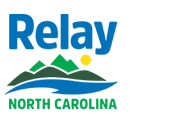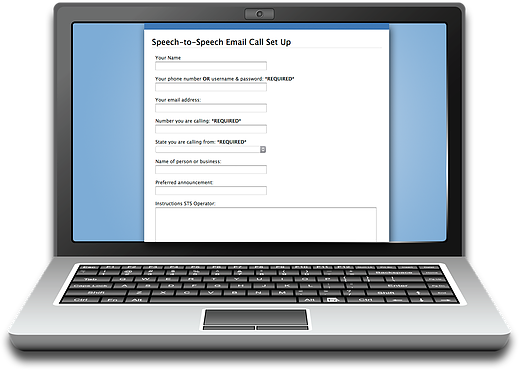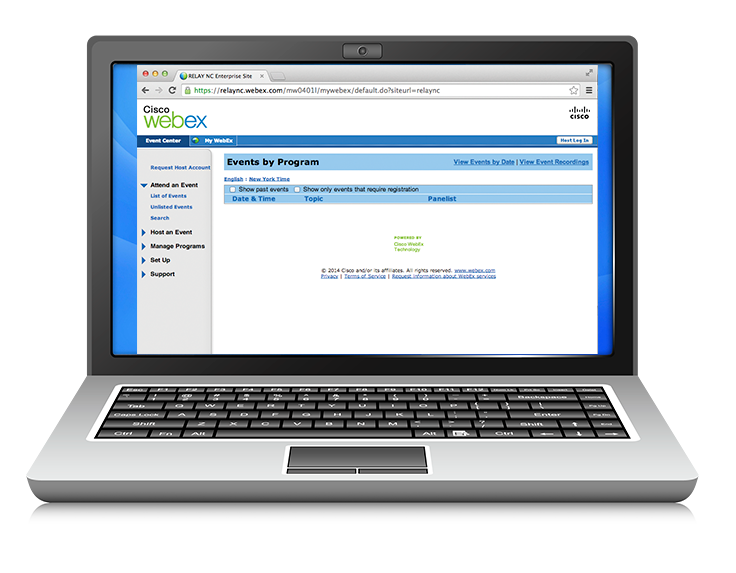STEP-BY-STEP INSTRUCTIONS
-
1
Fill out the application and provide as much information as possible. You also will be required to provide proof of speech disability (documentation can be received from your speech and language pathologist or therapist). You may also ask your speech and language pathologist or therapist to select the appropriate equipment for your needs. If you do not receive speech therapy, the North Carolina Assistive Technology Program (NCATP) will provide consultation to find the equipment that is best for your needs.
-
2
Send your application to the regional center.
-
3
If approved, you will receive the order at your home or office. If training is required, either your speech and language pathologist or NCATP staff will provide it.
-
4
Remember:
You can apply for one piece of equipment per seven-year period. You will also have to provide your own accessories for the equipment.
ELIGIBILITY
To see if you qualify for free equipment, you should:
-
1
Be a legal resident of North Carolina
-
2
Have an income that is up to 250% of the current federal poverty level
-
3
Have a certificate of disability
7 REGIONAL CENTERS
The Division of Services for the Deaf and the Hard of Hearing (DSDHH) provides services through its seven North Carolina regional centers. These services are open to deaf, hard of hearing and deafblind individuals. There is no charge for these services.
To make an appointment to get a free equipment, click here and find your Regional Center’s contact information.
NORTH CAROLINA ASSISTIVE TECHNOLOGY PROGRAM
The North Carolina Assistive Technology Program (NCTAP) serves all people who need assistive technology to lead independent lives. With 11 regional centers across the state, NCTAP provides training, consultations, demonstrations, and workshops. NCTAP can also assist with seeking financial assistance for equipment.
Some examples of assistive technology for people with speech disabilities are speech-generating devices, communication boards/books, software with speech output, artificial larynxes, devices that produce text but not voice for face-to-face communication, voice clarifiers, voice amplifiers, and stuttering aids.
For more information, contact a regional center.




